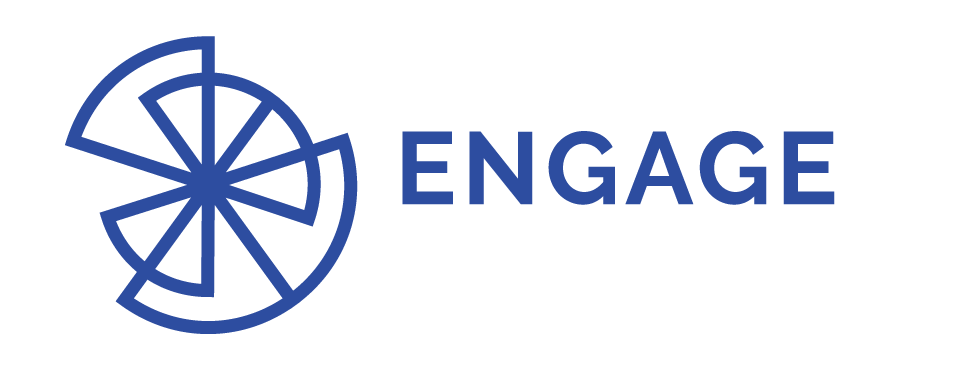Case Studies of Trade, Development and Humanitarian Action
Andrea Christou, Chad Damro, Vladislava Gubalova, Meltem Muftuler-Bac, Nihat Mugurtay & Lucia Rybnikárová
The European Union’s (EU) portfolio of external activities has expanded considerably to include a variety of policy areas.
The linkage and use of these policy areas – collectively known as ‘external action plus policies’ – can contribute to the EU’s effectiveness as a global actor by equipping it with an array of tools necessary to address the challenges of today’s uncertain world.
This paper develops an analytical framework to explore the internal and external factors that facilitate or obstruct linkages among external action plus policies and how these linkages contribute to EU external action.
To clarify the analysis, the paper treats three policy areas – trade, development and humanitarian aid – as separate cases, which include illustrative examples drawn from EU relations with Ukraine, the African, Caribbean and Pacific countries and the Sahel Region.
The first policy (trade), an area of exclusive legal competence, establishes a baseline from which to add comparative insights from the other two policy areas of shared legal competence (development and humanitarian aid).
The results of the empirical work show considerable variation across the three policy areas and the relevant factors that matter for issue linkage.
While external factors do matter, their precise effect on Member States is not always equal and is often conditioned by internal factors including, but not limited to, those associated with vertical and horizontal coherence.
Overall, the contribution reveals important issue linkage dynamics that shape policymaking and serves as a platform for future research and policy recommendations on external action plus.


